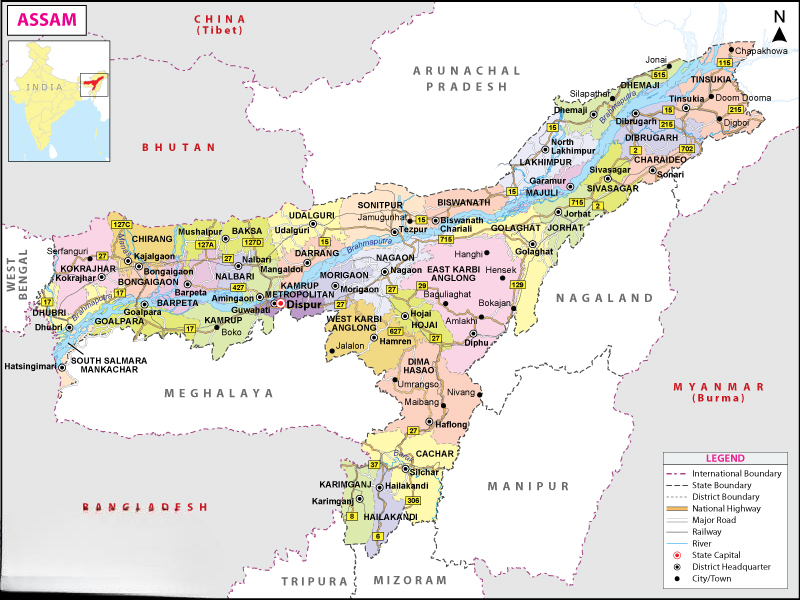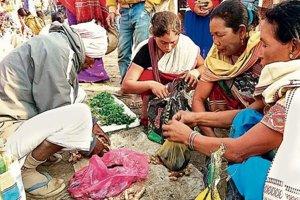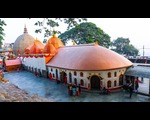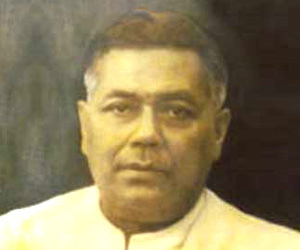About Assam
Discover the rich heritage and natural beauty of this northeastern gem

Another widely accepted theory traces the name to the Ahom dynasty, a powerful Mongoloid lineage that ruled Assam for over six centuries. Founded in the 13th century by the Shan prince Sukaphaa, the Ahom Kingdom profoundly influenced Assam's identity, shaping its political history, language, and traditions.
Tea Gardens
World-famous Assam tea covering thousands of acres. Assam's sprawling tea gardens are not just centers of production-they are serene sanctuaries for travelers.
Wildlife
Home to one-horned rhinos, tigers, and elephants
Ancient Temples
Sacred sites like Kamakhya Temple
Famous Tourist Destinations
Must-visit places that showcase Assam's natural and cultural heritage
Cultural Highlights
Celebrating Assam's rich cultural heritage and famous personalities
Education & Infrastructure
Assam's commitment to knowledge and development










